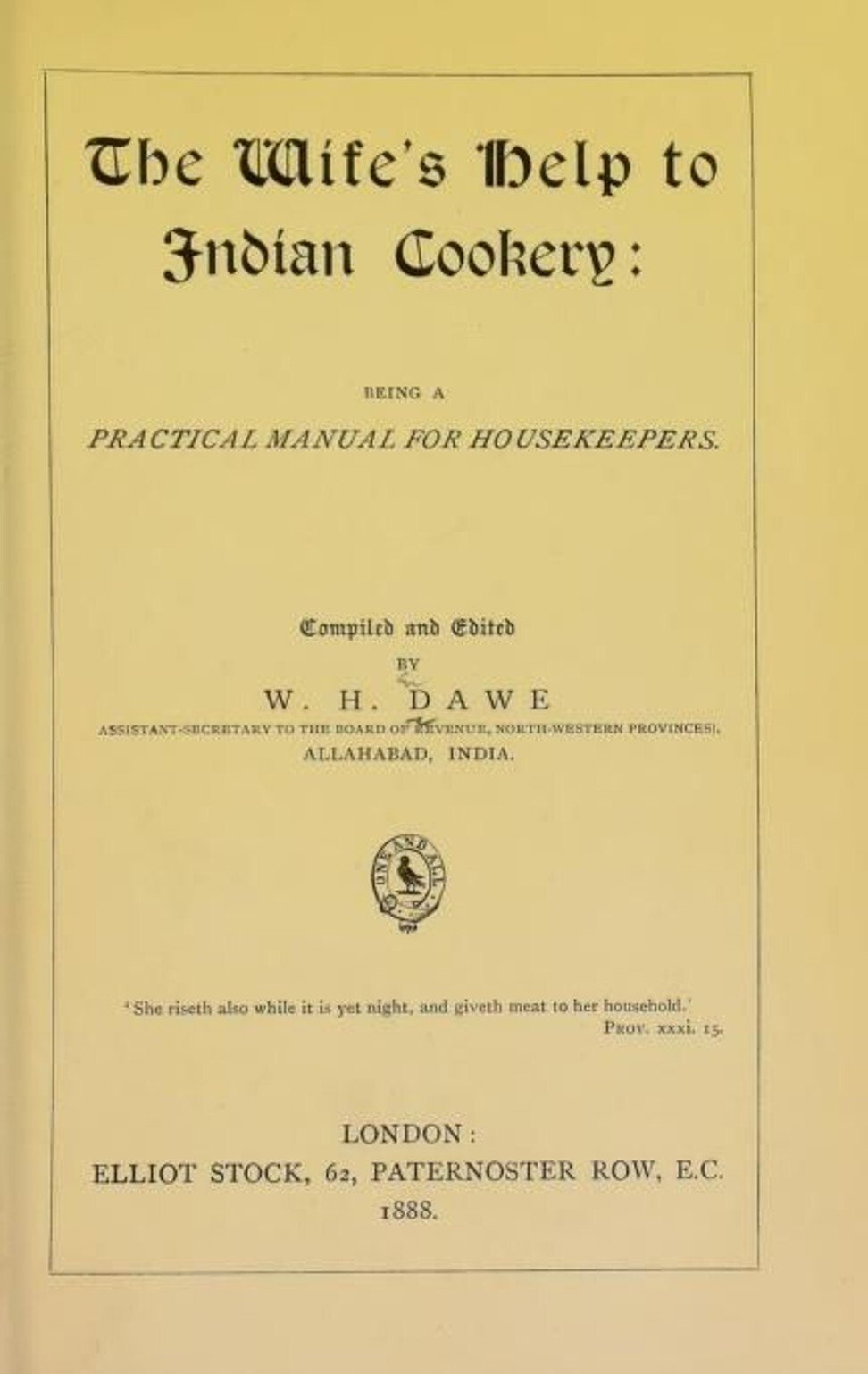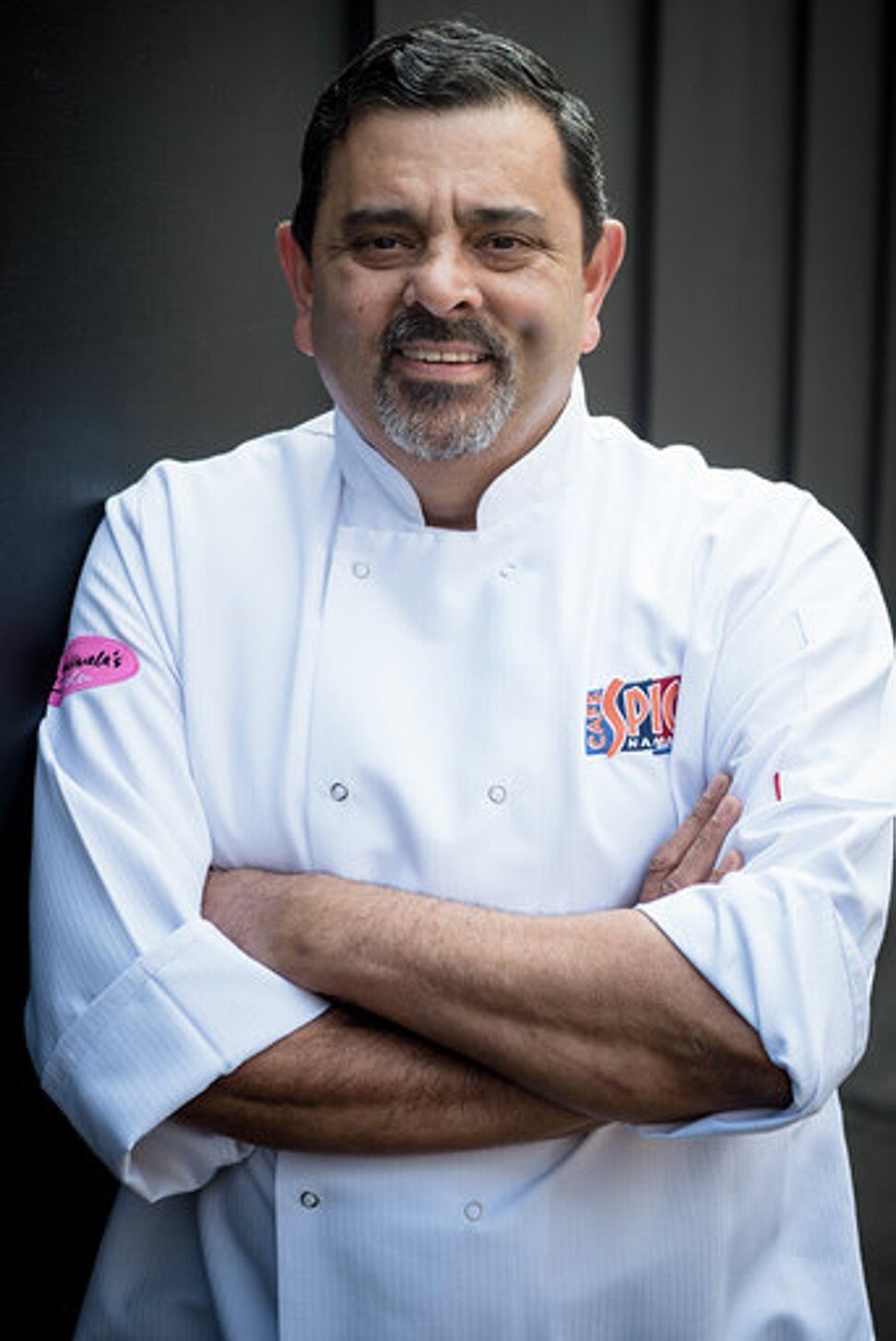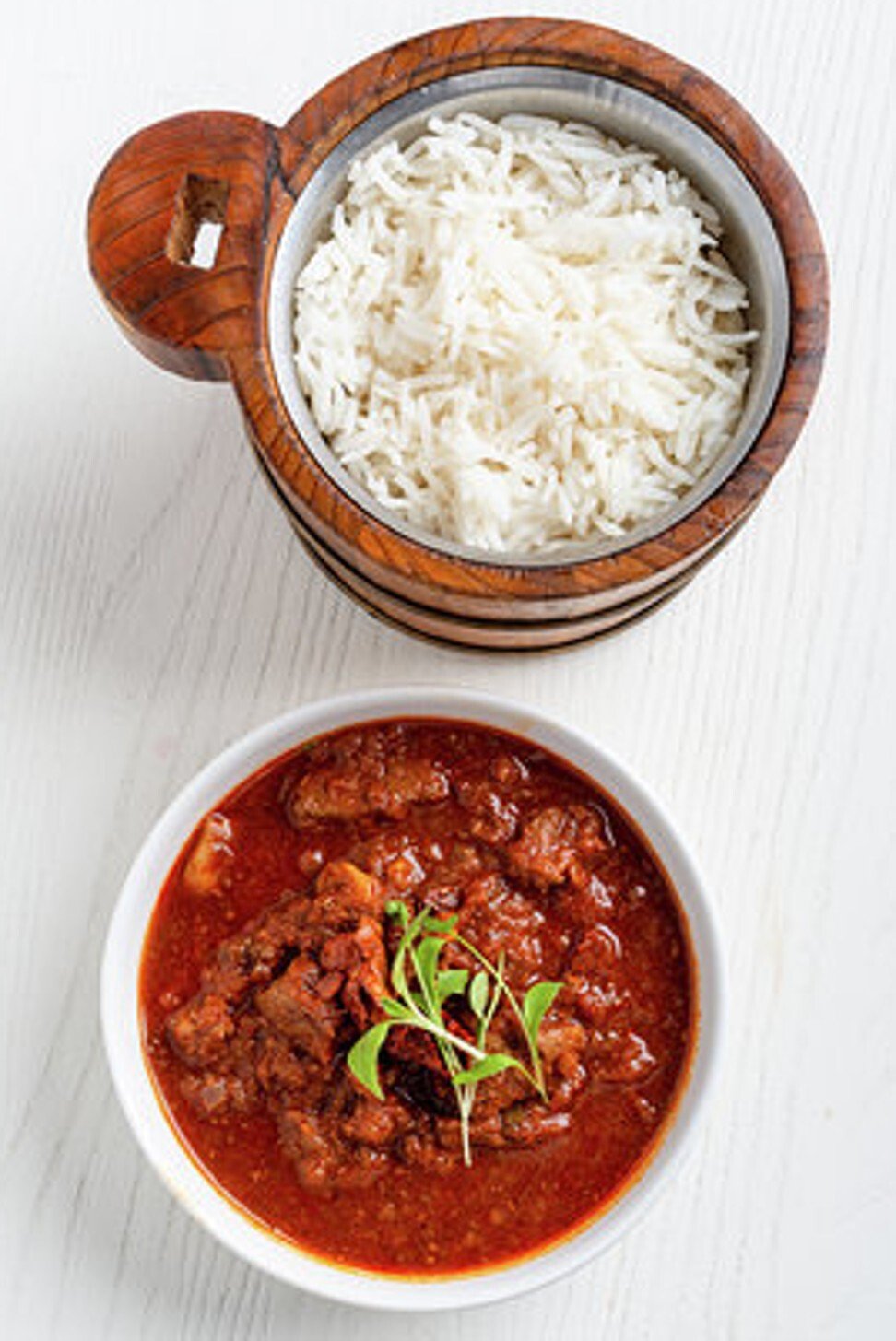
The history of vindaloo, loved in Britain: why India has Portuguese explorers to thank for the famous hot curry
- The dish first found its way to Goa in India through Portuguese explorers in the early 15th century, where it was adapted by the local community
- It became popular further afield after British colonisation of India in the 1800s, and in Britain in the 1970s when Indian restaurants became all the rage
The story of the vindaloo curry is as piquant as its taste. While its origins are tied up with global conquest and appropriation by European colonists, the dish itself is a poster child for global integration, with ingredients and culinary cultures from three different continents coming together to create an exhilarating blend of flavours.
The vindaloo is a traditional recipe of the Catholic community of Goa, an Indian state on the country’s southwestern coast. However, its origins lie 5,500 miles (8,850km) to the west, in Portugal, from where an earlier variant of the dish made its way to Goa with Portuguese explorers in the early 15th century.
“Vindaloo is normally regarded as an Indian curry, but in fact is a Goan adaptation of the Portuguese dish ‘carne de vinho e alhos’ … The name vindaloo is simply a garbled mispronunciation of vinho e albos,” says food historian Lizzie Collingham in her book Curry: A tale of Cooks and Conquerors.
“To preserve meat for long durations, the Portuguese developed a unique style of marinating, where the meat was immersed in a stock composed of vinegar, salt, garlic and wine to preserve and enhance its flavour,” explains 41-year-old Jesus Lee, the Goa born chef and owner of Jesus e Goes, a restaurant in the Portuguese capital, Lisbon, serving Goan cuisine.

“The vinegar preserved the marinated meat so explorers could live on this for months on end sailing across the oceans, letting the meat cook in the spices and vinegar.”
In India, the dish was tweaked to meet local conditions because Indians did not make vinegar. “Some ingenious Franciscan priests are said to have solved the problem by manufacturing vinegar from coconut toddy, the alcoholic drink fermented from the sap of the palm tree. This, combined with tamarind pulp and plenty of garlic, satisfied the Portuguese cooks,” Collingham writes.
The delights of dosa, a savoury pancake that’s made for breakfast
“To this basic sauce, local spices such as black pepper, cinnamon, cardamom, cloves were added, and the key ingredient which gave bite to the grainy sauce of vindaloo – red chillies,” says Lee. Chillies, too, were a legacy of Portugal’s global empire, imported to India from the Americas.
No Indian had seen chillies before the arrival of the Portuguese. The explorers brought them from Brazil along with tomatoes, potatoes, pineapples and cashews.
“Before this, black pepper was the hottest spice known to Indians. With the arrival of the Portuguese, red chillies began to be grown in Goa and were known across the rest of India as ‘Gowai Mirchis’, meaning Goan pepper. Chillies were easier to grow and cheaper, and quickly became an integral part of Indian cuisine,” Collingham writes.
Lamb vindaloo is one of our most popular dishes, probably due to the fact that the founding members of our club [established in 1967] were mostly British and loved the dish
“The best vindaloo comes from the country kitchens of Goa, where it is cooked in clay tureen-like shaped vessels over soft embers of wood fire, and is prized in its condensed form as the meat absorbs the marinade, the pan juice and sauce catalyse to create a pickled effect,” says 36-year-old Hedrich Rosario, who, along with his uncle, runs Hospedaria Venite, a restaurant serving Goan food in Panaji, started by his grandparents in 1954.
“Every Catholic household has its own recipe of a perfect vindaloo, which is a must on the menu for a celebration,” he adds.
Alister Fernandes, a 33-year-old musician from Mumbai, India, whose parents grew up in Goa, says that for him vindaloo is synonymous with pork and the southwestern state. “It brings back memories of spending summer holidays in Goa with my aunt, where she would cook the dish on weekends and for special occasions. Even today, for my birthday, my mother cooks vindaloo,” he says.
History of chicken tikka masala: loved in Britain, ignored in India
So how did the dish become a worldwide phenomenon and the quintessential expression of British curry culture?
The impetus for vindaloo’s spread to the rest of India and re-export to the world was the zeal of Goa’s Portuguese masters and the Catholic missionaries who accompanied them to convert the native population to Christianity. The mass conversions in the Goan population in the 16th and 17th centuries paved the way for the addition of pork and beef to the Goan diet and kitchen.
Vindaloo was introduced to the British as the colonisation of India gathered steam in the 1800s, through the Goan cooks whom they employed. The Christian cooks were free from caste or religious restrictions – which prevented Hindus and Muslims from working with beef and pork, respectively – and were therefore in high demand.
In early British India cookbooks, vindaloo recipes remain close to the Goan original. A recipe for “vindalho” is mentioned in a book published in 1888 called The Wife’s Help to Indian Cookery, which describes the dish as a “Portuguese Karhi”. It says: “The best vindaloo is prepared in mustard oil. Beef, pork or duck can be made into this excellent curry.”

It was British imperialists who helped the vindaloo become a worldwide export. It then became immensely popular in Britain in the 1970s when a large number of Indian restaurants opened in the country. It gained dubious notoriety as the spiciest dish on the menu and “spicy vindaloo eating challenges” became fashionable, especially after a few pints of beer at the pub.
The dish’s adoption by the English was in some ways legitimised by the popularity of the song Vindaloo by the British band Fat Les, which ended up as an unofficial anthem for English football fans during the 1998 Fifa World Cup. Thousands chanted the words: “Vindaloo, Vindaloo, Vindaloo. We’re gonna score one more than you.”
Cyrus Todiwala, a London-based Indian celebrity chef and proprietor of a few restaurants in the city, serves pork vindaloo at his Mr Todiwala’s Petiscos (a restaurant serving Goan-inspired Portuguese food), where the dish has been a bestseller for the past 25 years.

“The vindaloo that most Britishers are familiar with bears little resemblance to the aromatic, pickle-sour original. A Goan vindaloo is not the mind-blowingly spicy curry as it has come to be known in the UK, but a rich, hot, slightly sweet and sour gravy,” explains Todiwala, 64, who worked in Goa for many years as an executive chef at the Taj Hotels and Resorts.
“We make the authentic version of vindaloo, which starts with marinating pork in Goan palm vinegar, puréed masala and a good amount of garlic, fresh chillies, tomatoes, onions and curry leaves.
“Vindaloo’s most distinguishing feature is the piquancy of the sour sweet notes, which comes from the addition of vinegar and tamarind. The best vindaloo recipes include one or more sweet elements to counter some of the sour and the heat which comes from the onions and the chillies,” Todiwala says.

“The chillies are important but not the only dimension of the dish. Our vindaloo is very much like a pickle in all its details and will easily preserve for months if a few basic changes are made.”
In Goa, many versions still hark back to the original vindaloo recipe, when cinnamon and cardamom provided an earthy elegance and the spice was kept in check. Restaurants across India and the globe now include more refined spicing, marinated meat and subtler chilli heat.
In Hong Kong, vindaloo is a legacy of British rule over the city. It started life as a pork dish, but is now prepared using lamb, chicken, beef, goat and fish.

“Lamb vindaloo is one of our most popular dishes, probably due to the fact that the founding members of our club [established in 1967] were mostly British and loved the dish,” says 42-year old Robin Sherchan, food and beverage manager at the Aberdeen Boat Club.
“It still evokes feelings of nostalgia in our older members and is popular because of the craving for the flavour of fresh chillies. In fact, the taste of the vindaloo dish has become the benchmark of the food served at our restaurant.
“The most important part is to find the right balance between the acidity and the strong spicy flavour from the fresh chillies. We use our own secret recipe for the sauce and the dish is slow cooked.”

